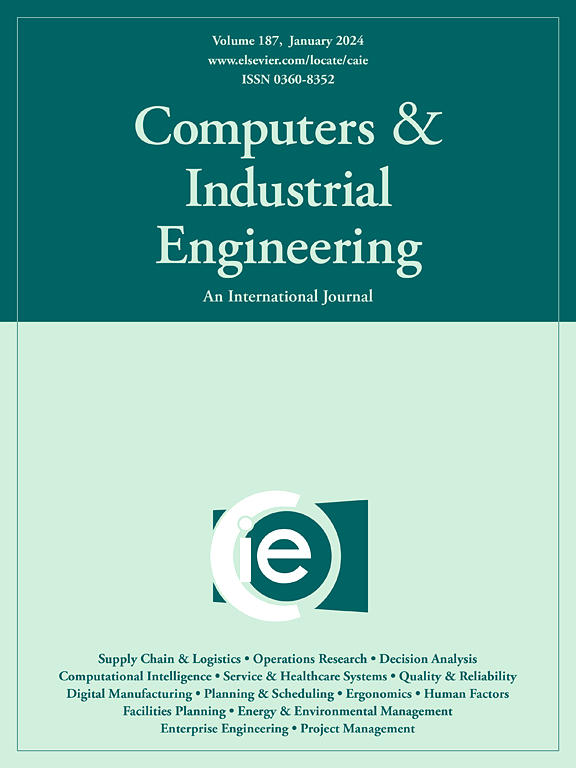Object segmentation dataset generation framework for robotic bin-picking: Multi-metric analysis between results trained with real and synthetic data
IF 6.7
1区 工程技术
Q1 COMPUTER SCIENCE, INTERDISCIPLINARY APPLICATIONS
引用次数: 0
Abstract
The implementation of deep learning approaches based on instance segmentation data remains a challenge for customized scenarios, owing to the time-consuming nature of acquiring and annotating real-world instance segmentation data, which requires a significant investment of semi-professional user labour. Obtaining high-quality labelled data demands expertise and meticulous attention to detail. This requirement can significantly impact the overall implementation process, adding to the complexity and resource requirements of customized scenarios with diverse objects.
The proposed work addresses the challenge of generating labelled data for large-scale robotic bin-picking datasets by proposing an easy-to-use automated framework designed to create customized data with accurate labels from CAD models. The framework leverages a photorealistic rendering engine integrated with physics simulation, minimizing the gap between synthetic and real-world data. Models trained using the synthetic data generated by this framework achieved an Average Precision of 86.95%, comparable to the performance of models trained on real-world datasets. Furthermore, this paper provides a comprehensive multi-metric analysis across diverse objects representing distinct industrial applications, including naval, logistics, and aerospace domains. The evaluation also includes the use of three distinct instance segmentation networks, alongside a comparative analysis of the proposed approach against two generative model techniques.
机器人拾取垃圾桶的目标分割数据生成框架:真实数据和合成数据训练结果之间的多度量分析
基于实例分割数据的深度学习方法的实现对于定制场景来说仍然是一个挑战,因为获取和注释现实世界的实例分割数据非常耗时,这需要半专业用户的大量投入。获得高质量的标签数据需要专业知识和对细节的细致关注。这个需求可以显著地影响整个实现过程,增加了具有不同对象的定制场景的复杂性和资源需求。提出的工作解决了为大规模机器人拾取垃圾箱数据集生成标记数据的挑战,提出了一个易于使用的自动化框架,旨在从CAD模型中创建具有准确标签的定制数据。该框架利用了与物理模拟集成的逼真渲染引擎,最大限度地减少了合成数据和真实数据之间的差距。使用该框架生成的合成数据训练的模型达到了86.95%的平均精度,与在真实数据集上训练的模型的性能相当。此外,本文还提供了跨不同对象的综合多度量分析,这些对象代表着不同的工业应用,包括海军、物流和航空航天领域。评估还包括使用三种不同的实例分割网络,以及对两种生成模型技术提出的方法的比较分析。
本文章由计算机程序翻译,如有差异,请以英文原文为准。
求助全文
约1分钟内获得全文
求助全文
来源期刊

Computers & Industrial Engineering
工程技术-工程:工业
CiteScore
12.70
自引率
12.70%
发文量
794
审稿时长
10.6 months
期刊介绍:
Computers & Industrial Engineering (CAIE) is dedicated to researchers, educators, and practitioners in industrial engineering and related fields. Pioneering the integration of computers in research, education, and practice, industrial engineering has evolved to make computers and electronic communication integral to its domain. CAIE publishes original contributions focusing on the development of novel computerized methodologies to address industrial engineering problems. It also highlights the applications of these methodologies to issues within the broader industrial engineering and associated communities. The journal actively encourages submissions that push the boundaries of fundamental theories and concepts in industrial engineering techniques.
 求助内容:
求助内容: 应助结果提醒方式:
应助结果提醒方式:


